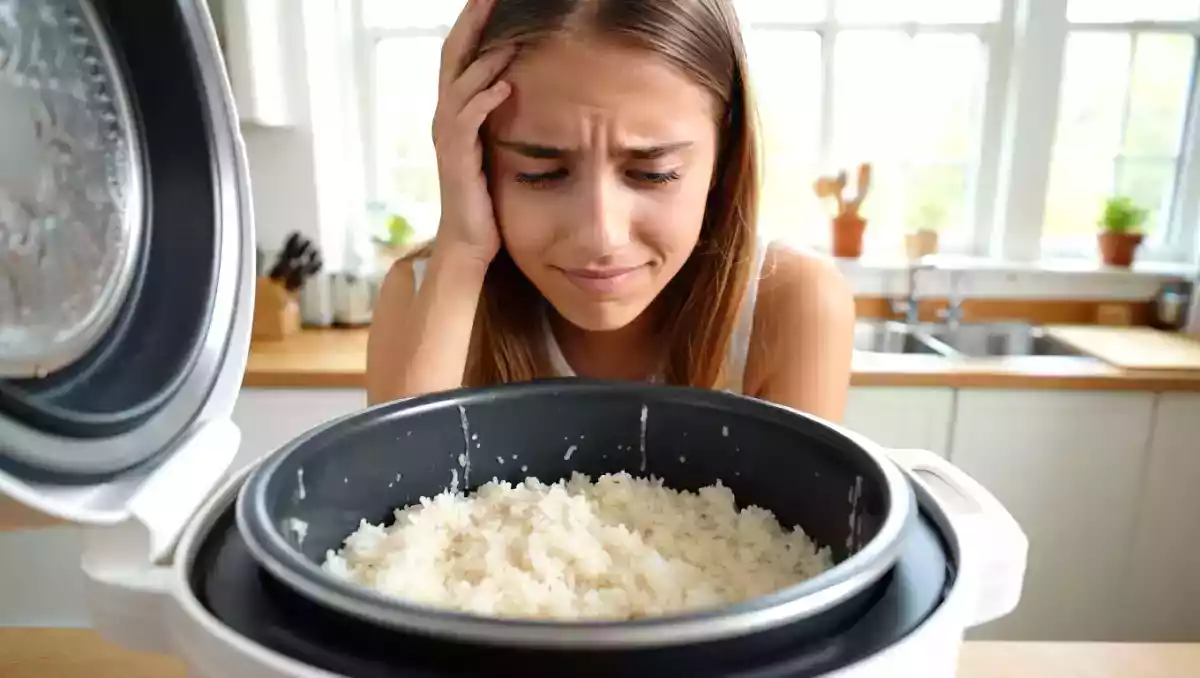Why does your rice get soggy? See what ancient cooks knew that you might not

Cooking rice seems simple. After all, it's just two ingredients and a pot, right? But anyone who has ever come across sticky, mushy or soggy rice knows that the preparation requires more than luck.
What many people don't know is that the cooks of yesteryear mastered tricks and techniques that ensured loose rice without the need for a slow cooker or gourmetization. In this article, you'll find out why your rice might be soggy and what you can do to fix it once and for all.
1. To wash or not to wash rice?
This is one of the secrets that the ancients never ignored: washing the rice well before cooking. The reason? Raw rice releases starch, and this excess starch becomes a "glue" during cooking, leaving the grains sticky and with a heavy texture. Rinsing until the water runs clear removes this excess and helps ensure a looser rice. Skipping this step is one of the most common mistakes in modern kitchens.
2. Just the right amount of water
Another valuable tip is the proportion of water. Experienced cooks know that too much water = soggy rice. For traditional white rice, the classic measure is 1 part rice to 2 parts water, but this can vary depending on the type of grain and the pan. Thin-bottomed pans, for example, require more attention, as the rice can cook too quickly underneath and turn to mush.
3. Sautéing first makes all the difference
The ancients didn't skip the step of sautéing the rice in oil (or fat) with garlic and onion before adding the water. This process slightly seals the grains, reduces the release of starch during cooking and adds flavor. Skipping this step can leave the rice with a soggy texture and dull flavor.
4. Stirring the rice? Not a chance
Another common mistake is to stir the rice while cooking. This breaks down the grains and activates the starch even more, which leads directly to a soggy result. Traditional cooks knew: once the water has boiled and you've covered the pot, it's time to forget about the rice for a good few minutes.
5. Leave to rest before serving
A detail that seems small, but makes a difference: let the rice rest for about 5 minutes with the pot covered and the heat turned off. This allows the steam to finish cooking and the grains to settle. The result? Light, fluffy and loose rice - just like in the old days.
Now that you know
Soggy rice is not a sign of lack of talent, but of overlooked details. And these little secrets passed down from generation to generation can turn the basics into excellence. Wash the rice well, respect the proportion of water, don't stir and let it rest. Cooking well is often just listening to the advice of those who did it right long before us.
 Mirella Mendonça
Mirella Mendonça
Comments